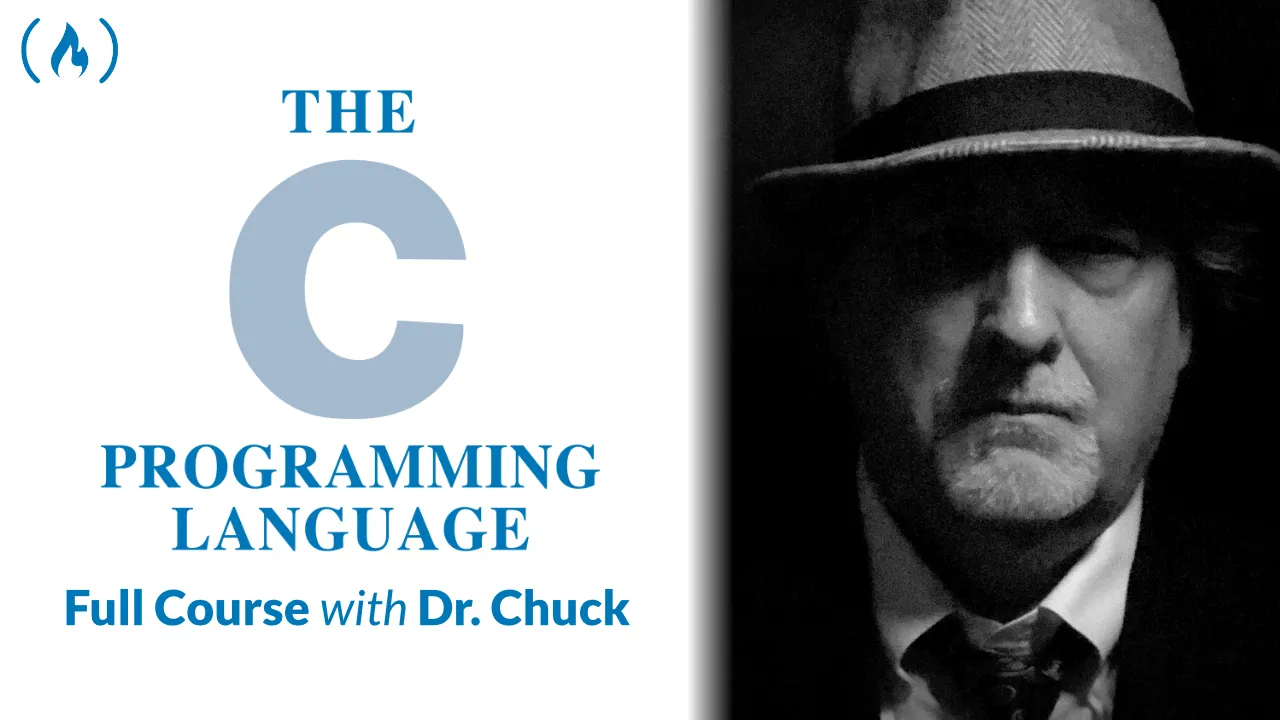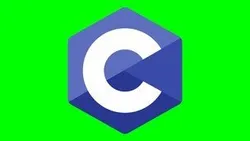
Pointers Arrays and Recursion 
This course introduces the programming constructs of pointers, arrays, and recursion, providing students with the tools to control and bundle data, as well as to implement certain algorithms. Through this course, students will gain a better understanding of programming in C. ▼
ADVERTISEMENT
Course Feature
![]() Cost:
Cost:
Free
![]() Provider:
Provider:
Coursera
![]() Certificate:
Certificate:
Paid Certification
![]() Language:
Language:
English
![]() Start Date:
Start Date:
10th Jul, 2023
Course Overview
❗The content presented here is sourced directly from Coursera platform. For comprehensive course details, including enrollment information, simply click on the 'Go to class' link on our website.
Updated in [March 06th, 2023]
This course, Pointers Arrays and Recursion, is the third course in the Introduction to Programming in C specialization. It introduces students to the programming constructs of pointers, arrays, and recursion. Through this course, students will gain an understanding of how pointers provide control and flexibility when programming in C, how arrays provide a way to bundle data, and how recursive functions provide an alternative to iteration. By the end of the course, students will have a better understanding of how to use these programming constructs to create more efficient and effective programs.
[Applications]
The application of this course can be seen in many areas of programming. Pointers can be used to create efficient data structures, such as linked lists and binary trees. Arrays can be used to store large amounts of data in an organized manner. Recursive functions can be used to solve complex problems, such as sorting algorithms and graph traversal. Additionally, understanding pointers, arrays, and recursion can help to improve the overall efficiency of a program.
[Career Paths]
1. Software Developer: Software developers create, test, and maintain software applications and systems. They use programming languages such as C to develop software solutions that meet customer needs. With the knowledge gained from this course, software developers can create more efficient and effective software solutions.
2. Database Administrator: Database administrators use programming languages such as C to create and maintain databases. They use pointers, arrays, and recursion to create efficient and secure databases. With the knowledge gained from this course, database administrators can create more efficient and secure databases.
3. Network Engineer: Network engineers use programming languages such as C to create and maintain networks. They use pointers, arrays, and recursion to create efficient and secure networks. With the knowledge gained from this course, network engineers can create more efficient and secure networks.
4. Cyber Security Analyst: Cyber security analysts use programming languages such as C to create and maintain secure networks. They use pointers, arrays, and recursion to create secure networks. With the knowledge gained from this course, cyber security analysts can create more secure networks and detect and prevent cyber attacks.
[Education Paths]
1. Bachelor of Science in Computer Science: This degree program provides students with a comprehensive understanding of computer science fundamentals, including programming, data structures, algorithms, operating systems, computer architecture, and software engineering. Students will also learn about the latest trends in computer science, such as artificial intelligence, machine learning, and cloud computing.
2. Bachelor of Science in Software Engineering: This degree program focuses on the development of software applications and systems. Students will learn about software design, development, testing, and maintenance, as well as the principles of software engineering. They will also gain an understanding of the latest technologies and trends in software engineering, such as mobile application development, cloud computing, and web development.
3. Master of Science in Computer Science: This degree program provides students with an advanced understanding of computer science fundamentals, including programming, data structures, algorithms, operating systems, computer architecture, and software engineering. Students will also learn about the latest trends in computer science, such as artificial intelligence, machine learning, and cloud computing.
4. Master of Science in Software Engineering: This degree program focuses on the development of software applications and systems. Students will learn about software design, development, testing, and maintenance, as well as the principles of software engineering. They will also gain an understanding of the latest technologies and trends in software engineering, such as mobile application development, cloud computing, and web development.
Course Syllabus
Pointers
Pointers are one of the most important and powerful aspects of the C language. Pointers are critical to understanding arrays, which let you manipulate sequences of data. They also give a programmer control and flexibility when programming, enabling solutions that are clean and efficient. Some other languages use pointers implicitly—or pointer-like constructs—so understanding their use will make you a better programmer in any language.Arrays
Arrays are sequences of memory of the same type that are guaranteed to be one after another. This is an incredibly useful data format, enabling you to store many things together under one variable name. In this module, you will learn how to use arrays to solve more complex problems and lay the groundwork for more complex data types.Uses of Pointers
Now that you have mastered the basics of pointers and arrays, it is time to see some important uses of them. In this module, you will learn about how to manipulate strings and multi-dimensional arrays. You will also learn about function pointers, which allow you to pass "which function to call" as the parameter of another function.Recursion
By now you are familiar with iteration, in which repetition is expressed in terms of loops. Another programming technique to accomplish similar ideas is "recursion" in which a more complex instance of a problem is expressed in terms of solutions to simpler instances of the problem. In this module, you will learn how to read and write recursive code, giving you another powerful option for how to approach programming problems.Project
Pros & Cons

Comprehensive content

Refreshes knowledge of C

Clear introduction of program memory

Valuable testing and debugging lessons

Fun and challenging end of course project

Minimal teaching videos

Lack of programming examples and practice exercises

Unclear assignments and READMEs

Tedious and time consuming final project

Frustrating testing exercises
Course Provider

Provider Coursera's Stats at AZClass
Discussion and Reviews
0.0 (Based on 0 reviews)
Explore Similar Online Courses

Free Happiness Tutorial - Manage anxiety while in isolation

Typescript Fundamentals

Python for Informatics: Exploring Information

Social Network Analysis

Introduction to Systematic Review and Meta-Analysis

The Analytics Edge

DCO042 - Python For Informatics

Causal Diagrams: Draw Your Assumptions Before Your Conclusions

Whole genome sequencing of bacterial genomes - tools and applications

Learn C Programming Using the Classic Book by Kernighan and Ritchie

C Programming: Modular Programming and Memory Management - 3

C - Fast Crash Course - Introduction
 Related Categories
Related Categories
 Popular Providers
Popular Providers
Quiz
 Submitted Sucessfully
Submitted Sucessfully
1. What is the third course in the specialization Introduction to Programming in C?
2. What is the purpose of pointers?
3. What is the purpose of recursion?
4. What is the name of the programming construct that provides control and flexibility when programming in C?
Correct Answer: Pointers


Start your review of Pointers Arrays and Recursion